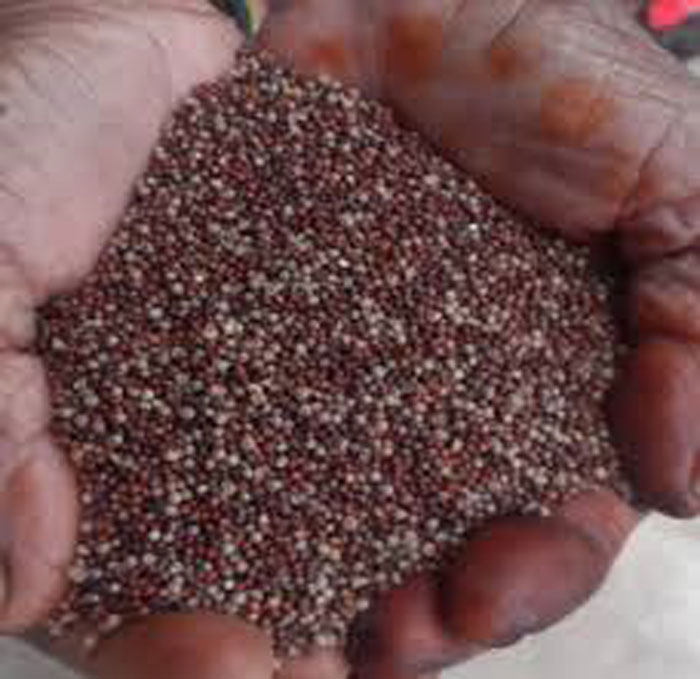Nurturing Nutritious Grains to Empower Farmers and Enrich Global Food Diversity
Bhubaneswar: Millets comprise a varied group of cereals with small grains that thrive in dry environments, including foxtail, barnyard, and fonio, among others. As wholesome grains, millets serve as a valuable source of essential nutrients.
In honour of the International Year of Millets 2023, the Odisha Government is collaborating with partners to unleash the remarkable potential of millets as an affordable food option that contributes to both healthy diets and a sustainable environment.
The cultivation of millets is predominantly concentrated in Asia and Africa, with India ranking as the leading producer, followed by Nigeria, Niger, and China. These crops were among the earliest to be domesticated and continue to be a traditional staple in certain regions of sub-Saharan Africa and Asia.
Having endured and flourished in challenging growth conditions throughout history, these crops bear testament to their resilience and adaptability. Their ability to withstand diverse climates presents an opportunity to enhance food security and stimulate economic growth.

Outlined below are five compelling reasons to acknowledge millets and incorporate them into our culinary choices:
- Millets can play a significant role in promoting a well-balanced diet.
These ancient grains are rich in antioxidants, minerals, and protein. Being whole grains, each type of millet also provides varying amounts and types of dietary fibre, which contributes to regulating bowel function, blood sugar levels, and lipids.
Moreover, millets are naturally gluten-free and have a low glycemic index, making them an excellent choice for individuals with celiac disease, gluten intolerance, high blood sugar, or diabetes. Additionally, they offer a cost-effective source of iron. Embracing millets as part of our diet can offer nutritious and wholesome alternatives to the commonly available refined grains found on the global market. Explore the world of millet-based recipes, like these delectable finger millet pancakes, to invigorate your culinary choices!
- Millets exhibit remarkable resilience in the face of changing climates.
Millets possess inherent resistance to drought as well as tolerance to crop diseases and pests, enabling them to thrive under adverse climatic conditions.
Their ability to flourish with minimal inputs and maintenance, coupled with their capacity to withstand climate-related shocks, opens avenues for transforming local agricultural systems into more efficient, resilient, and inclusive models. Furthermore, millets’ ability to grow in impoverished, degraded soils not only prevents soil degradation but also supports biodiversity by providing ground cover in arid regions.

- Millets hold promising prospects for enhancing the livelihoods of small-scale farmers.
The widespread adoption of other cereal crops and shifts in dietary preferences have led to a decline in both production and demand for millets. By promoting the consumption and cultivation of these underappreciated crops, we can help revitalise the market for millets and create new opportunities for small-scale farmers.
- Millets possess versatility and can be utilised in various innovative ways.
The genetic variability found in millets opens up numerous possibilities for their innovative application in fields such as therapeutics and pharmaceuticals. By exploring novel uses for millet, we can unlock additional market opportunities, both at regional and international levels, thereby further expanding the scope of millet trade.

- Millets have the potential to enhance the diversity of the global food system.
Presently, millets constitute a meagre portion, less than three percent, of the overall global grain trade. However, in times of unexpected disruptions that impact the foodgrain market, millets can serve as a valuable alternative to the commonly traded grains. This increased diversity has the potential to strengthen the resilience of global trade markets and reduce our dependence on other grains.

